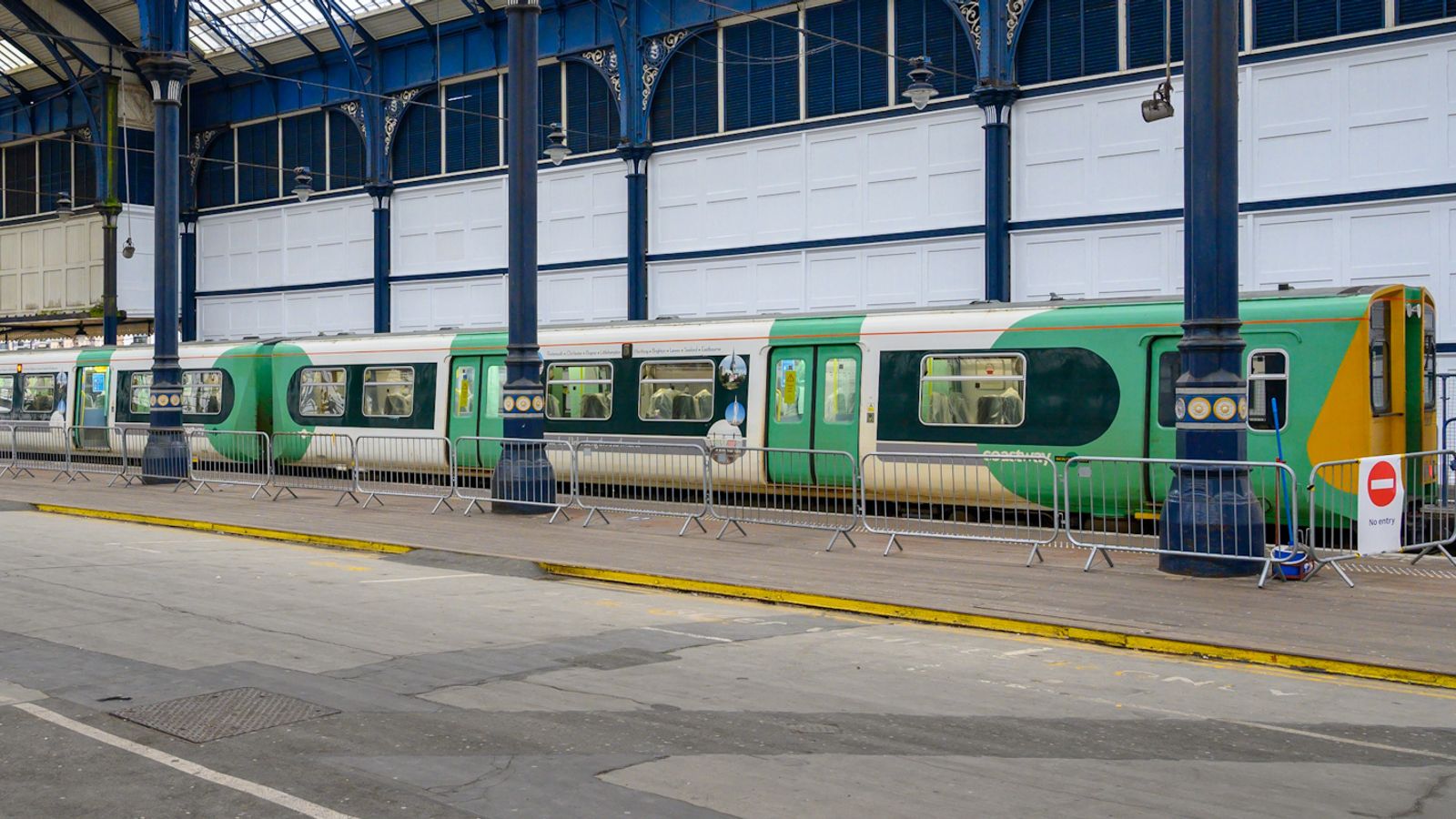This week’s rail strike and the potential for further walkouts across the public sector has conjured the spirits of the Winter of Discontent, the dark days of the late 70s still considered the low point for British industrial relations, even if some of those in government and Fleet Street are too young to remember it.
There should certainly be no surprise that, as in 1978-79, a cost-of-living crisis driven by soaring inflation has led unions to flex what muscle they have.
But the action by rail workers this week has its roots firmly in the digital era, even if the grievances are expressed in the language of the age of steam.
This is the first major dispute of the post-COVID age, one in which the certainties that once drove the economy, and set the terms of industrial relations, may no longer apply.
COVID-19 has transformed the world of work and upended the business model of transport networks.
In June 2019, the dominant question in transport was how the UK could possibly meet soaring demand from passengers, and whether HS2 was the answer.
Three years on the pandemic has entirely changed the terms of reference. For millions of white collar workers the daily commute is dead, hybrid working is a reality, and home may be the default office.
Rail strikes will cause traffic to surge, AA warns – as list of the most-affected roads is released
Rail union boss predicts strikes will spread to more sectors
Cost of living crisis: Britons cannot expect pay rises to keep up with inflation, Treasury warns
It is a privilege that not everyone enjoys, but more than 80% of those who had to work from home during the pandemic told the Office for National Statistics (ONS) earlier this year they plan to keep it that way.
That is an enormous problem for transport networks whose revenues collapsed during the pandemic and see no immediate prospect of a return to full capacity.
The government puts the bill for keeping the railways and city transport networks including London Underground afloat during the pandemic at £16bn.
Passenger numbers on the railways have risen as restrictions have eased.
Birmingham New Street station says it’s at 80% of pre-pandemic traffic from Monday to Friday, though tellingly it is only weekends that are busier than before.
Faced with declining revenues, those charged with running the networks through state-owned agencies such as Network Rail and the nascent Great British Railways, have little choice but to seek ways of cutting costs.
That is inevitably bad news for some of those currently employed and the union response is entirely predictable.
The RMT has always been among the most combative of unions but the pay and conditions enjoyed by its members shows it gets results.
Please use Chrome browser for a more accessible video player
That makes them a safer enemy for ministers than the more sympathetic public sector unions demanding that pay keep pace with rampant prices for teachers and nurses.
Tellingly, Grant Shapps has preferred to attack Labour’s stance than entertain any compromise – a position his health and education counterparts may not be able to sustain.
Yet the power of strikes is in the inconvenience they cause, and COVID may have softened the union’s power this week.
In a world where just 14% of workers use the railway to commute (against 64% who drive) and many work from home, a strike in a sunny week in June may be easier to ride out.
That will not apply to those who do not enjoy the luxury of working from home, nor those who have appointments, in exam halls or hospitals, that they cannot postpone.
As ever with the iniquities of COVID, the least well-off will be the least able to adapt.








